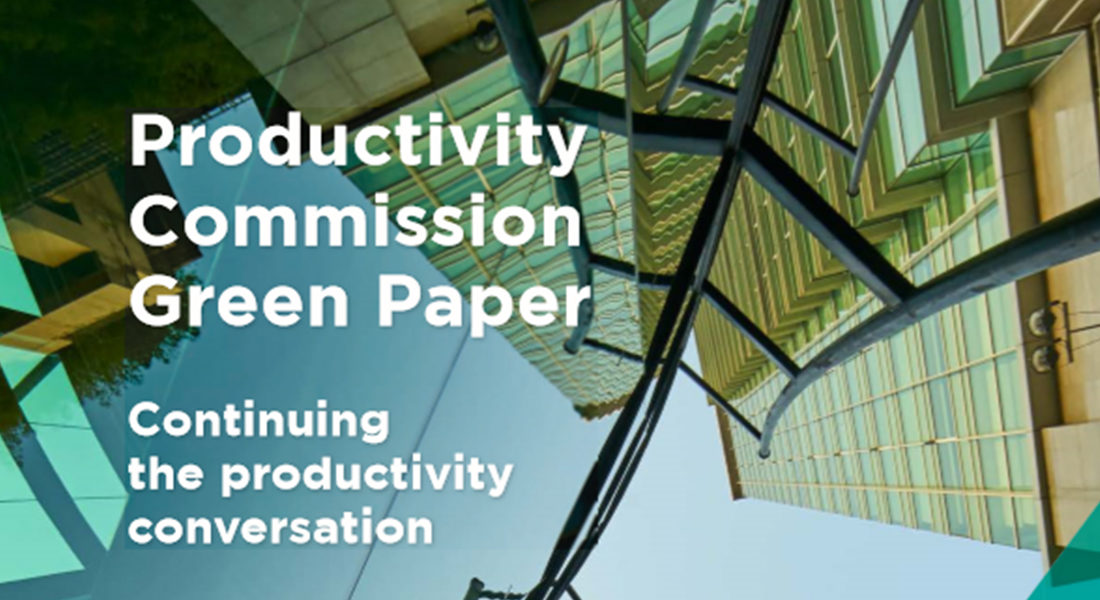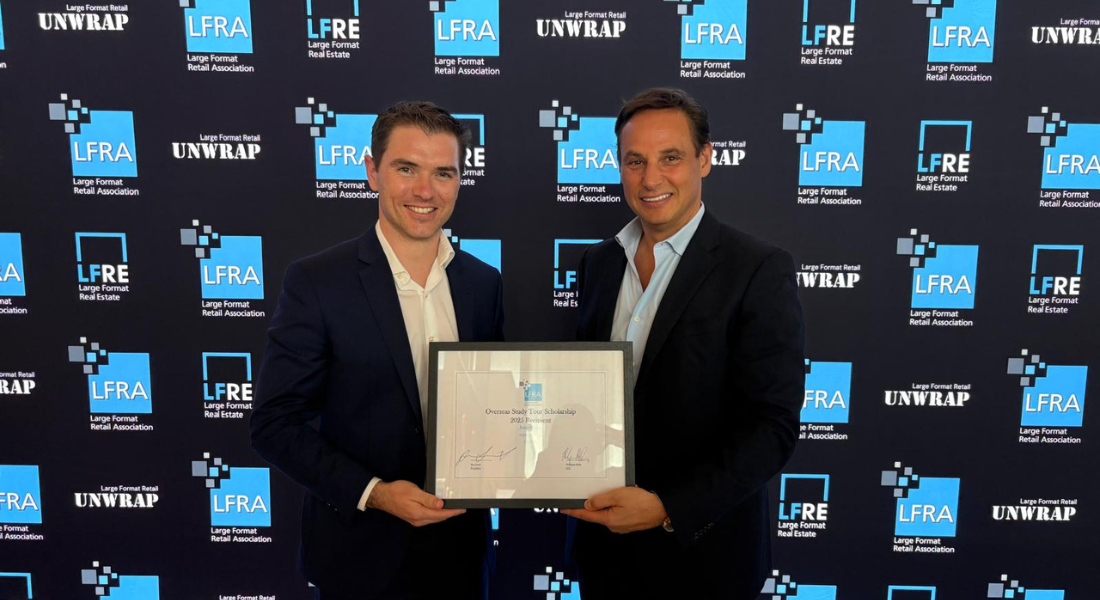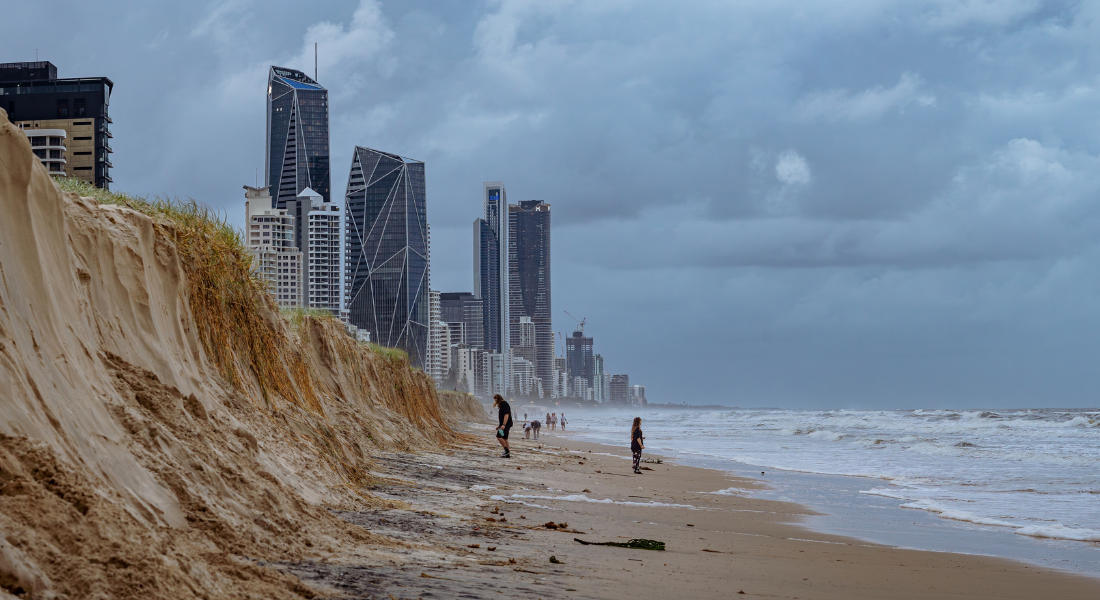NSW Productivity Commission Green Paper

On 19th August 2020, the NSW Productivity Commission released the ‘Continuing the Productivity Conversation’ Green Paper for consultation until Friday 18th September 2020.
The Green Paper follows a discussion paper released in October 2019 called ‘Kickstarting the Productivity Conversation’ which sought feedback on six (6) initial draft productivity priorities, that would be refined into a recommended reform agenda:
- Building human capital for a modern and evolving economy;
- Reliable, sustainable and productive use of our water and energy;
- Smart ways to better utilise our infrastructure;
- Modernising our tax system to help our economy grown;
- Planning for the housing we want and the jobs we need, and
- forward-looking regulation to support competition and innovation.
The LFRA’s submission to the discussion paper was primarily focused on how the Large Format Retail sector can contribute to the planning for jobs within NSW, the NSW Government’s inability to recognise and proactively plan for future growth of the Large Format Retail industry and sought the delivery of a State-wide retail planning policy to guide retail land use objectives and decisions. These were seen as the key impediments to investment in NSW by existing and new entrants within the sector and the innovation they bring.
Continuing the productivity conversation – Green Paper
The NSW Productivity Commission states that purpose of the Green Paper is to provide practical and feasible recommendations that provide the greatest productivity gains at the lowest social cost, align with other NSW priorities and can easily be implemented directly by the NSW Government without negotiation with the Commonwealth or other States and Territories.
Overall, 56 draft recommendations are put forward that are segmented into 7 different categories. The most relevant category to LRFA members is Section 7 –‘Plan for the housing we want and the jobs we need’.
Within this section, the NSW Productivity Commission acknowledges the LFRA’s view that overly prescriptive and complex planning regulations can stifle business competition. It also signs up to the implementation of measures to cut red-tape and complexity in the planning system, as well as bringing NSW approval assessment times into line with other jurisdictions times by the end of 2023.
Of particular interest to the LFRA sector are draft recommendations 7.4 and 7.5.
Potential for increased flexibility in zones and permissible uses
It is heartening to see that in draft recommendation 7.4, the NSW Productivity Commission has taken on board the recommendations that were set out within the of the Retail Expert Advisory Committee (REAC) Report released by the then Department of Planning & Environment in November 2017 as well as the Commonwealth Productivity Commissions report from 2017 that the NSW’s overly prescriptive zoning is inflexible and as a result limits competition, innovation, and discourages business investment and hampers economic growth.

The Green Paper sets out that the new zones may be grouped along the following lines:
- B1 (Neighbourhood Centre) and B2 (Local Centre) – whereby Council would set out a hierarchy of local centres and a vison for each individual local centre considered through a merit assessment of development applications without the need for overly prescriptive controls.
- B5 (Business Development), B6 (Enterprise Corridor), B7 (Business Park) and IN1 (General Industrial) – where this it the potential to merge uses within these zoned into a single zone that allows a mix of business, light industrial, creative industrial and retail activities.
- IN2 (Light Industrial) and IN1 (General Industrial) – where the zones could be merged and the permissible uses broadened.
Given the significant lack of appropriately zoned land to accommodate the forecast[1] Large Format Retail floorspace demand of between 1.74 and 2.2 million square metres between 2011 and 2031, the rationalisation of existing business and industrial zones to reduce the number of zones combined with a broadening of the range of permissible activities within the resultant zones would:
- enable the flexibility to provide a combination of uses on a site, that would provide additional ancillary services to visitors as well as responding to disruptions and changes to consumer experiential expectations within the market;
- allow for new types of retail uses to emerge and be assessed, and the planning system to respond to a growing and more challenging retail market;
- reduce the need for site-specific planning proposals or ‘spot-rezonings’; and
- provide increased certainty.
The expansion of the application of the complying development assessment pathway may also provide the opportunity for one ‘Specialised Retail Premises’ to be converted to another ‘Specialised Retail Premises’, which currently is not permitted under Statement Environmental Planning Policy (Exempt and Complying Development Codes) 2008 i.e. the Codes SEPP.
Potential for opening up industrial and urban services land
The Green Paper also highlights that 28% of all jobs across Greater Sydney are on industrial and urban services land. The Greater Sydney Commission’s approach to industrial and urban services lands within the Eastern City, North and South Districts, the North West Growth Area and the established areas of the Western City is to ‘Retain and Manage’ them, and safe guard them from all competing pressures from residential and mixed use development.
However, the Green Paper recognises that many non-industrial uses (such as retail, health, sport and recreational facilities) are operating in industrial areas and there is increasing potential for newer built forms to accommodate more intensive use of industrial land and enable industrial uses to co-locate with other employment activities.
To respond to the evolving nature of industrial and urban services land and the broader needs of business, the Green Paper considers through draft recommendation 7.5 that better management of the retain-and-manage industrial and urban services lands in Greater Sydney should be undertaken through a review by the Department of Planning, Industry and Environment, the Greater Sydney Commission and the NSW Productivity Commission. The review will seek to answer the following questions:
- What are the existing uses of industrial lands subject to the retain-and manage policy?
- How much vacant, undeveloped and underdeveloped industrial land exists?
- What are the barriers to, and opportunities for delivery of essential urban services?
- Can existing industrial and urban services lands accommodate the changing spatial requirements of new and evolving employment uses, (e.g. data warehouses) and if not, how can the management of industrial and urban services lands accommodate them?
- Are there opportunities for greater flexibility in industrial zones to allow for alternative employment uses while maintaining essential industrial and urban services activities?
Combined with the rationalisation of the employment zones, this review could increase the possibility of a greater amount of land becoming available that would be appropriately zoned for large format retail activities.
With improvements likely to come forward relating to the timeliness of development approvals and improvements in the certainty of an assessment period for certain development types, as well as other initiatives that are proposed to streamline approval assessment times, this Green Paper signals that significant benefits within the NSW Planning system may be on their way.
Submissions on the draft recommendations are required to be submitted to the NSW Productivity Commission no later than 18th September 2020.
[1] Sydney Retail Demand and Supply Consultancy, 2016, Deep End Services




